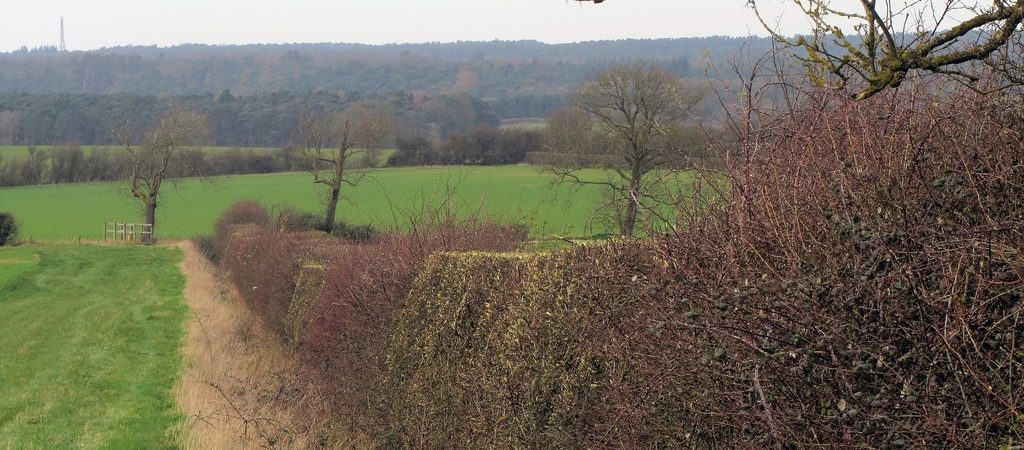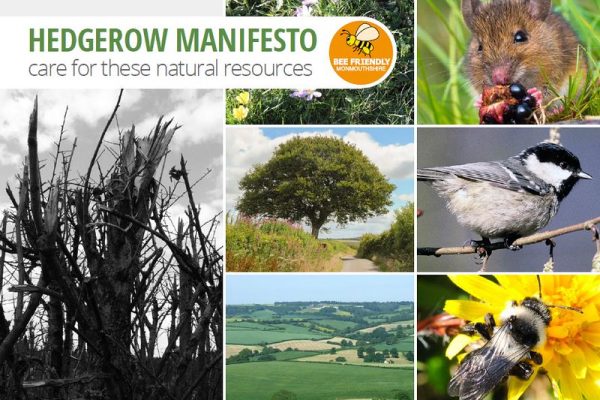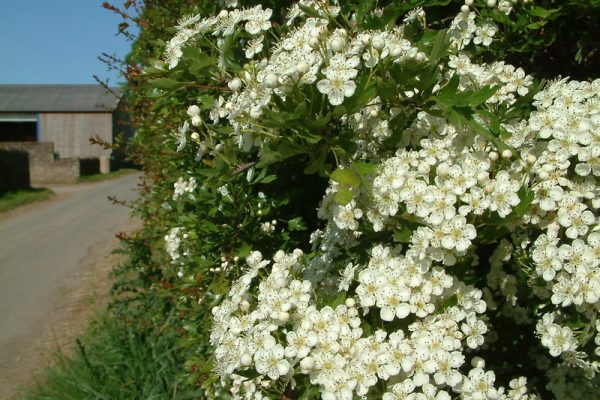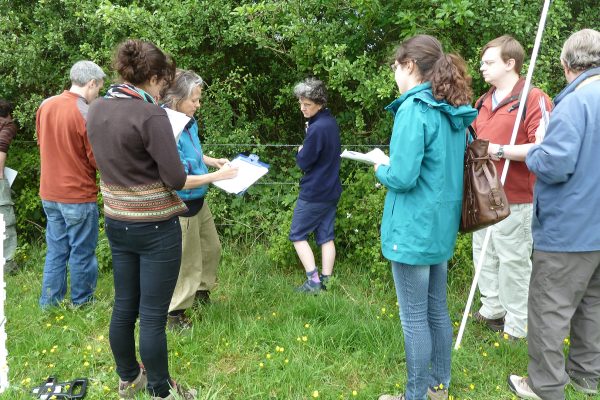Increasing the value of hedges for wildlife with relaxed cutting regimes
Resource explained
Hedges (semi-natural habitats) provide resources for wildlife and support pest control and crop pollination on your farm. How you cut them can substantially alter their condition and value as wildlife habitats. This leaflet presents findings of ongoing research undertaken by the Centre for Ecology & Hydrology that has tested the effects of hedgerow cutting regimes on five farms over three years. It outlines why hedgerow management is important. It describes the effects on wildlife and fruit and flower abundance of cutting hedgerows once every three and two years compared to every year. Findings in relation to reduced cutting intensity of hedgerows (which covers the effects of hedge growth, production of berries and diversity of butterfly and moth species) are outlined. The management summary presents the benefits that have been found in relation to hedgerow trimming and cutting and wildlife, which support cutting regimes available under agri-environment schemes in England.
Findings & recommendations
- Farmland birds and mammals rely on berries as a food source over winter. Hedgerow species only flower and fruit on wood that is at least two years old.
- Reducing the frequency of hedgerow cutting can lead to increased production of flowers and therefore more pollinating insects and berries for overwintering wildlife.
- Cutting once every three years has been found to have more benefits than once every two years.
- Reducing the intensity of hedge trimming by cutting about 10cm higher and wider than the previous cut has been found to result in 2-3 times more berries for overwintering wildlife on three hedge species (hawthorn, blackthorn and bramble) and an increased diversity of butterfly and moth species.
- For hedges being used to meet Common Agricultural Policy ‘greening’ rules, relaxed management regimes may provide greater benefits to wildlife.












